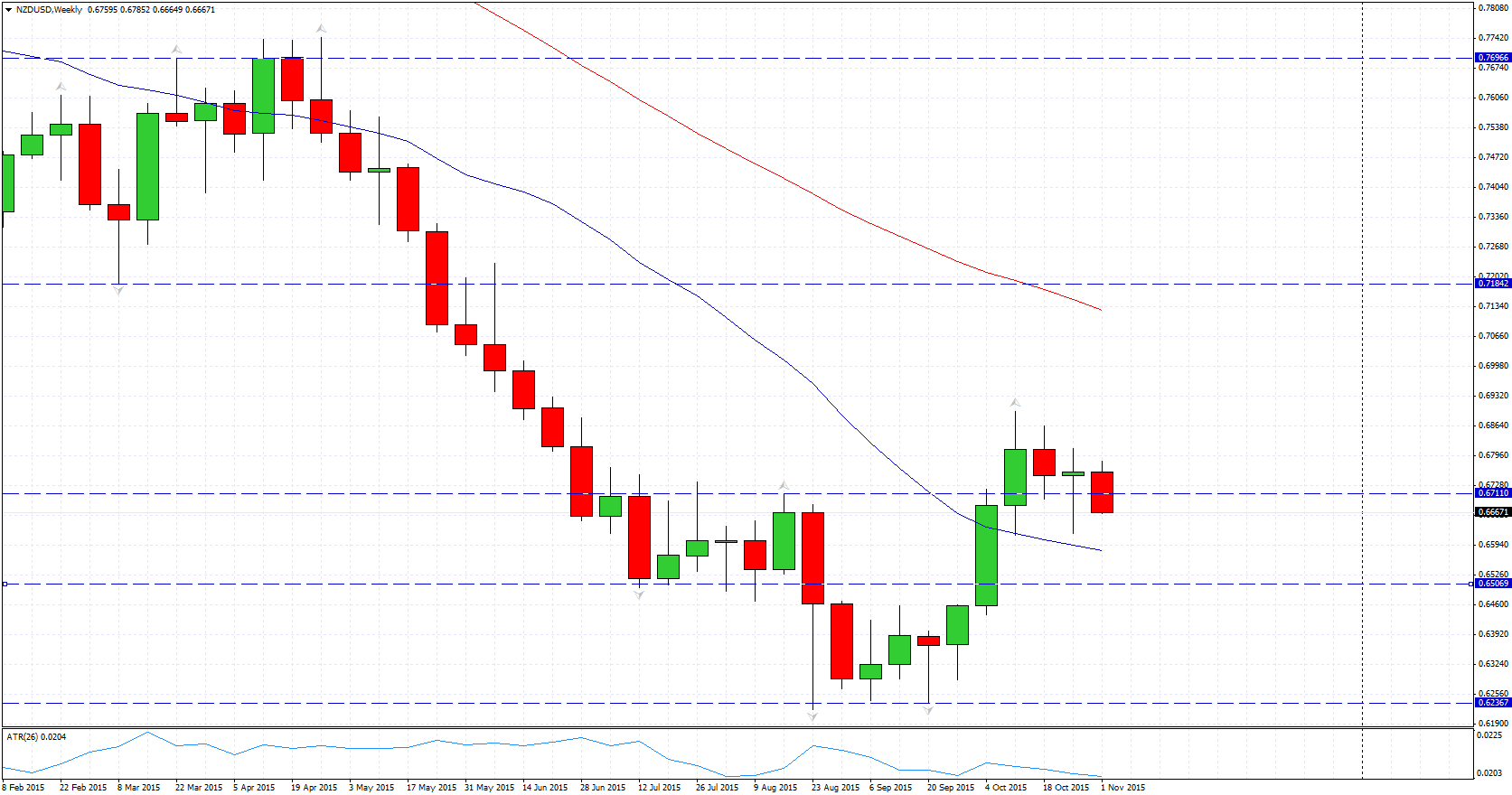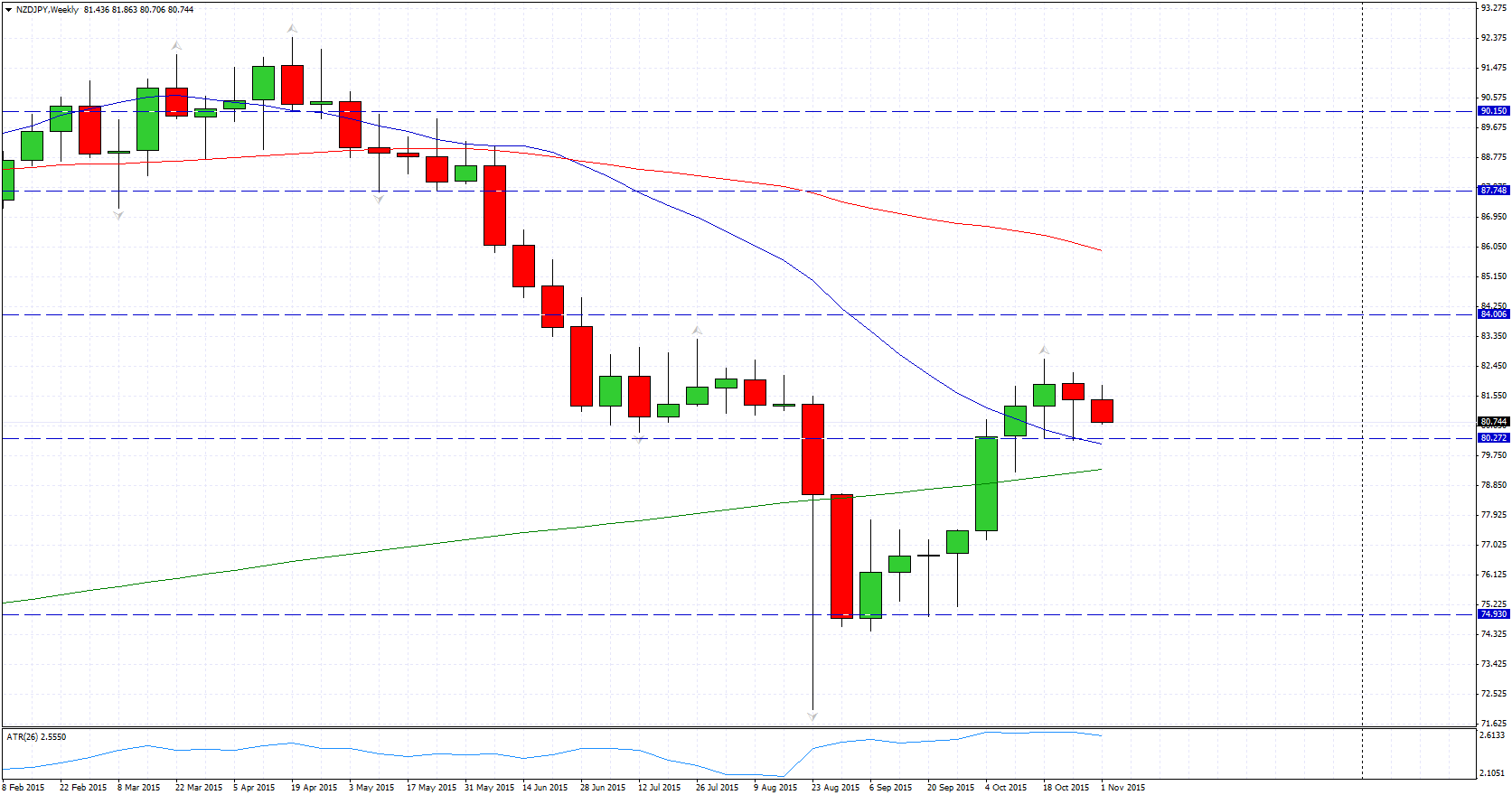This guest article was written by Paul Wallace, a professional trader, coach and fund manager who blogs about his trading at FXTraderPaul.com. He also runs the trader support practice Tradingbeliefs.
There has long been discussion regarding the merits of QE and whether it has helped or hindered the global economy at large, or simply allowed banks to rebuild their balance sheets. I will allow our esteemed economists to debate that furiously for the rest of time. Personally, I’m more interested in how I can identify an opportunity from the situation we find ourselves in.
With regards to that, could it be that the recent change in China’s one-child policy will have more positive impact on global markets than all the QE shenanigans of the world’s Central Bankers?
Since the 1970’s China maintained a deeply controversial policy of allowing couples to only have one child. Now that policy is to be modified to make it permissible for couples to have two children. The numbers being bandied about imply that the 40-odd years of Chinese Domestic policy has robbed the Chinese population of approximately 400 million people.
Think about that – the USA has a resident population of approximately 322 million people and the population of Europe is approximately 743 million. That is quite some consumer demand that was non-available to the global economy. (Though admittedly much lower purchasing power than their wealthier American and European cousins would have been provided in that last 40-odd years).
Initially I didn’t really think too much of the announcement – sure it’s an amazing time to reflect on the history of China. However, once again I’m left thinking about how can I identify an opportunity from the event?
It was generally agreed that this year has been a pretty woeful year for commodities and the associated commodity currencies. With this recent announcement can that trend be about to change? I think that if you look at the case of the New Zealand dollar then we may have evidence of a case in point.
NZD
Generally I like to trade off the weekly charts. Furthermore, I aim to trade in the direction of the dominant trend. I leave the job of trying to pick tops and bottoms in markets to others – I’m just looking to identify a nice trend, hop-on and then ride it as long as I can. It’s far from infallible – but it works for me.
Having said that – this is one instance where fundamentals, technicals and sentiment are perhaps lining up together – and that is always worth sitting up and taking notice of.
Shorting the kiwi dollar against most of the majors has been a wonderful trade for the most part during 2015 – however I believe that has possibly changed. Why? Well, you can thank the Chinese and their change of policy.
China is New Zealand’s second largest trading partner (after Australia) and the bilateral trade runs to the extent of NZ$16.8bn (2013 figures). Most of that is agriculture-based and in particular dairy products, with emphasis on dry powdered milk which the Chinese use for their baby formula.
Since the Chinese Milk scandal of 2008 there has been huge demand for New Zealand dry powdered milk – in fact exports have tripled since 2008. With the change in the Chinese Domestic policy to stimulate a flagging birth rate (among other things) it would be safe to presume that trade will only increase in nature. This will be a bonus for Kiwi farmers and the NZD.
Let’s Take a Look at a Couple of Charts:

NZDUSD (ActivTrades MT4)
After a fantastic downtrend for most of the year the Kiwi dollar found support in the 0.62-0.6250 region before moving up to nearly 0.69. I’m interested to see if price builds a base of support in the 0.65-0.67 region, which may also show up as the right shoulder of an inverse head-and-shoulder pattern before price moves north. Breaks of the 0.65 and then 0.62 will invalidate that plan.

NZDJPY (ActivTrades MT4)
Like NZD/USD (and all other currencies) the NZD/JPY has fallen nicely this year (nicely that is if you’ve been selling NZD!) The fall was halted around the 76 handle before bouncing as high as 82. I’m now waiting to see if the round number of 80 holds before another leg up. Any closes below 76 would invalidate that plan for me.
Those are just two NZD charts, but if you look at all the NZD pairs you’ll see a roughly similar pattern. What makes it more interesting is that during recent statements from Graeme Wheeler, the central bank governor, is that core interest rates in NZ are likely to weaken, but we have actually seen a strengthening of NZD across the board.
An indication of the probability of increased Chinese demand will have a strong impact on the NZ economy and its currency? Or did we just see a dead-cat-bounce in NZD from some long overdue profit-taking? I for one shall be primed and waiting to take advantage should such an opportunity present itself.






















